- Between legalisation, decriminalisation and regulation plans, along with scientific research that has revealed surprising benefits, the year we now bid farewell turned out to be a very important one for cannabis. Here we run down some of the episodes that marked 2015.
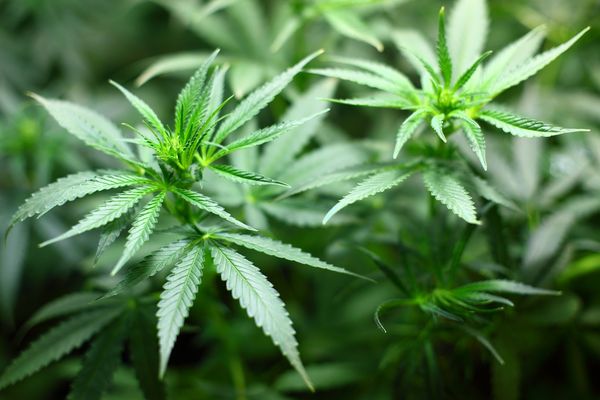
Legalisation, studies, good news... 2015 was a very eventful year in terms of marijuana milestones. Our favourite plant has given people all over the world a lot to talk about over the course of these 365 days. Today we will look at some of those achievements, to enjoy those moments again, in the hope that 2016 will be as productive, or more, than this past one.
Legalisation right and left
If there is one word we heard throughout the year it was "legalisation." Particularly in the US, where states legalised marijuana in different ways, or relaxed rules on arresting people possessing small amounts of grass.
For example, in mid-February a law entered into force permitting the recreational use of cannabis in Alaska (medicinal use was approved back in 1998). In Oregon a similar law was passed in July: consumers can grow up to four plants at home and keep up to 225 grams of cannabis.

In this way both states joined Washington and Colorado, where marijuana for recreational purposes has been sold on the retail market since January 1, 2014. In early 2015 it was announced that they had already sold 50 tonnes of medical cannabis, and 17 for recreational use, which generated massive revenue for the region in taxes - a very powerful argument for those governments who are considering its regulation.
And it was not only in the United States where such laws were passed and went into effect. In May on the nearby island of Puerto Rico Governor Alejandro García Padilla approved cultivation for medicinal purposes, a decision he called "a very significant step" for patients in the country: "I am sure that many patients will receive appropriate treatment and be given new hope."
The Israeli government, meanwhile, acted to allow the country's pharmacies to sell prescription cannabis. The medical marijuana programme there has been a resounding success, with 90% of patients reporting positive results. In addition, since December pharmacies in Chile can sell medicines based on our favourite plant. The Andean country also approved the largest marijuana plantation in Latin America for the same purpose: 7,000 seeds that will benefit some 4,000 cancer patients.
In Croatia the legal use of cannabis for medical purposes has been permitted since October 15, also subject to medical prescriptions. The Ministry of Health decided to legalise it in late 2014 after noting the many positive studies on the issue, and realising that many patients were purchasing it on the black market. Specifically, the new law governs its use to relieve the symptoms of multiple sclerosis, cancer, epilepsy, AIDS and other related diseases.
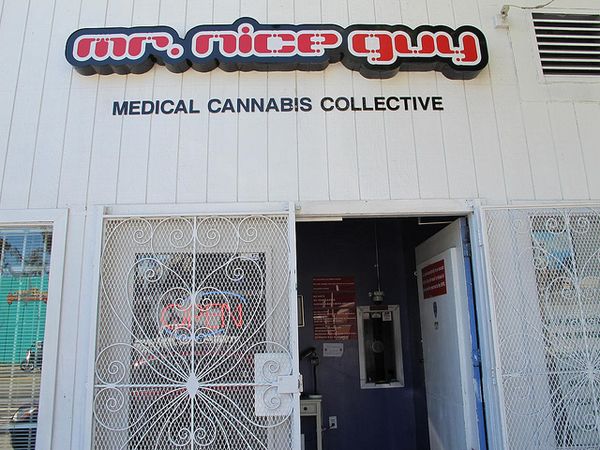
Major strides
Meanwhile, other countries have been making major strides with reference to regulation. This is the case in Italy, where more than 200 national deputies, of disparate ideologies, signed a legalisation bill that would authorise the possession of small amounts of cannabis, cultivation for recreational and therapeutic environment purposes, and associations for these ends. Nearby, in Macedonia, the Ministry of Health is discussing plans to legalise medical cannabis with activists, doctors and other representatives of civil society. This news came shortly after a survey revealed that 70% of citizens are in favour of therapeutic use.
In Ireland new legislation is being considered, as the existing laws expire in 2016. The minister in charge of the issue, Aodhan Riordain, said that his objective was decriminalisation. Meanwhile, in France Justice Minister Christiane Taubira announced that she was ready to discuss the same move. And a group of Parliamentary deputies in the Philippines also announced that it would consider legalisation for medical purposes.
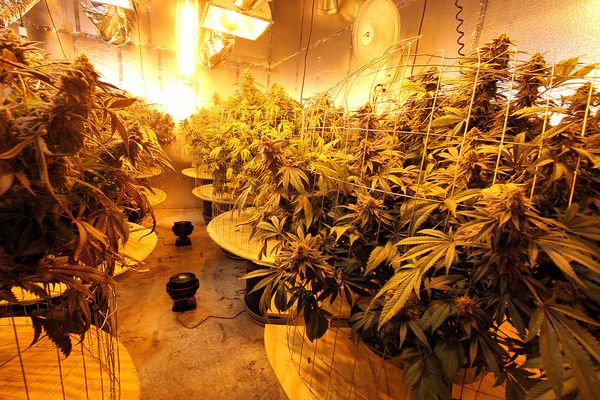
Canada’s new Prime Minister, Justin Trudeau, wrote the Minister of Justice to promote a "federal-provincial-territorial" process leading to the legalisation and regulation of cannabis in the North American country. Both he and his political party, the Liberal Party, believe that the current system of prohibition "does not work."
The latest country to jump on the legalisation bandwagon was Colombia. Just days go its president, Juan Manuel Santos, signed a decree regulating the production, marketing and export of cannabis for medical use. The document still has to be debated in the House of Representatives, which will not happen until March. If it makes it through these administrative steps it will become law.
Science endorses marijuana
These legalisation measures cannot be understood without the prior work carried out by dozens of scientific researchers whose studies have revealed and underscored the benefits of marijuana. 2015 was also a fruitful year in this regard.
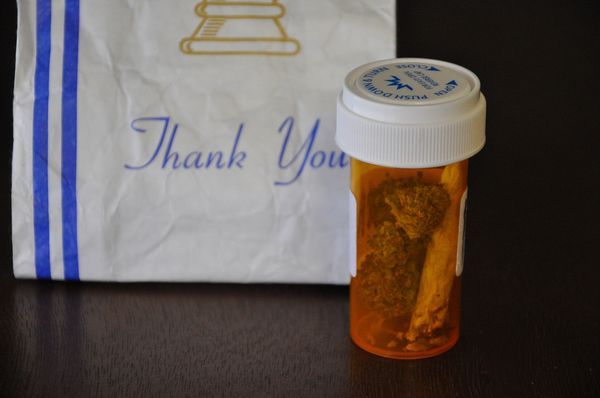
Earlier this year we learned that cannabis protects the brain from damage produced by alcohol. Researchers at the universities of Maryland and Kentucky came to that conclusion after administering cannabidiol to rats. Cannabidiol has a powerful antioxidant effect, which explains its protective capacity. And another American university (Emory, in Atlanta) said that smoking marijuana once a day for 20 years does not endanger the lungs.
The relationship between marijuana and alcohol was explored by further studies. Thus, thanks to a study published in Scientific Reports, we learned that cannabis is 114 times less lethal than alcohol. The authors compared the amount of each substance consumed by users with the doses at which they are usually lethal. And there was more: the study indicated that the risks associated with alcohol were being underestimated.

Meanwhile, Tel Aviv University demonstrated that the administration of cannabidiol in rats helped to repair bone fractures. Even after healing the bones exhibited greater strength. This finding was very important, as it supports research on cannabis medications for osteoporosis and related ailments.
In mid-August long-awaited news was announced: the National Cancer Institute (USA) recognised that marijuana killed tumour cells and protected healthy ones. Numerous studies had already reached the same conclusion, but this public support served to give the plant and its benefits greater visibility.
Finally, at Dinafem we celebrated our 10th birthday!
In short, this past year has been a prolific one with regards to discoveries and legalisation. Everything we have seen over the past twelve months has served to sow a 2016 that looks very promising. At Dinafem we cannot be prouder after observing our 10th birthday, standing as the first feminised marijuana seed bank founded in Spain. We celebrated in 2015 by revamping our corporate image and opening our own private laboratory, where we are able to analyse, using sophisticated tools, each strain's composition of cannabinoids and terpenes, allowing us to improve the quality of the seeds in our catalogue, already one of the world's best.
Legalisation is already happening, and we are working and innovating to be leaders in the global change that this new scenario will bring about. At Dinafem we invite you to check out our work and enjoy its results as much as we do.
We wish you a very prosperous 2016!
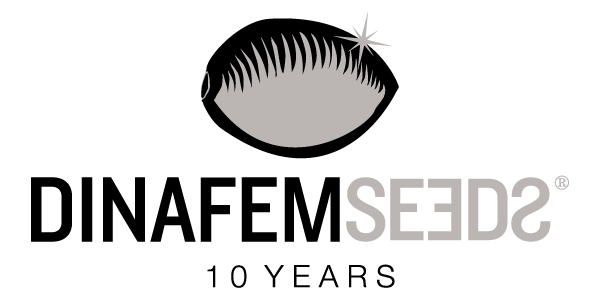



Comments from our readers
There are no comments yet. Would you like to be the first?
Leave a comment!Did you like this post?
Your opinion about our seeds is very important to us and can help other users a lot (your email address won't be made public).